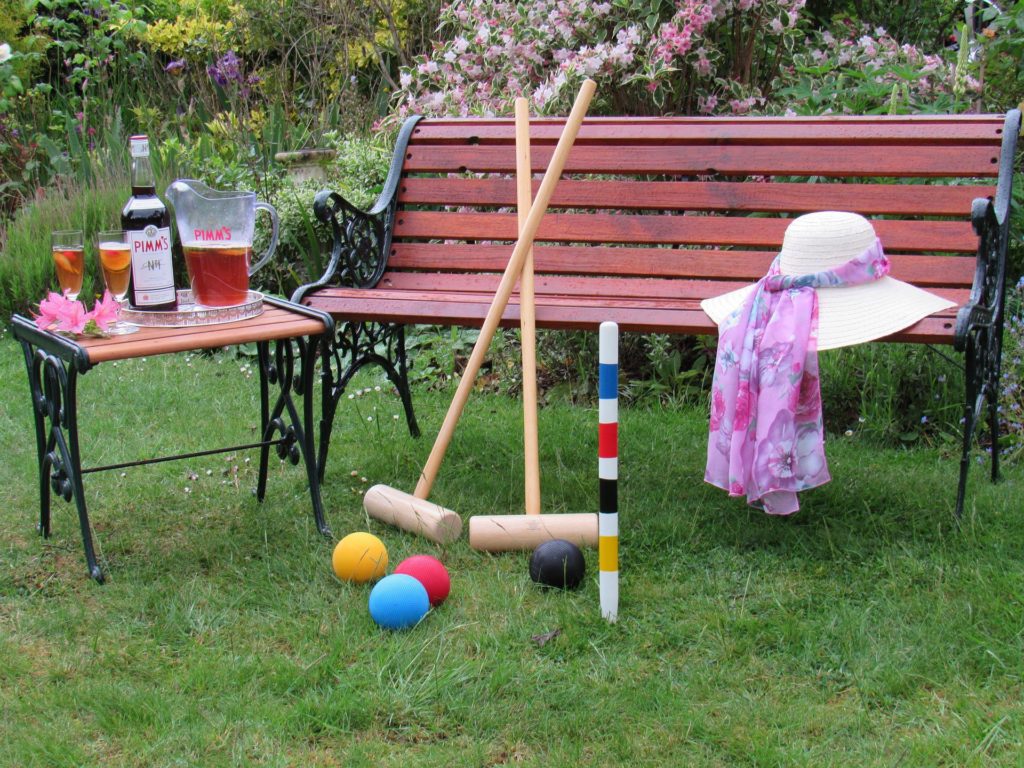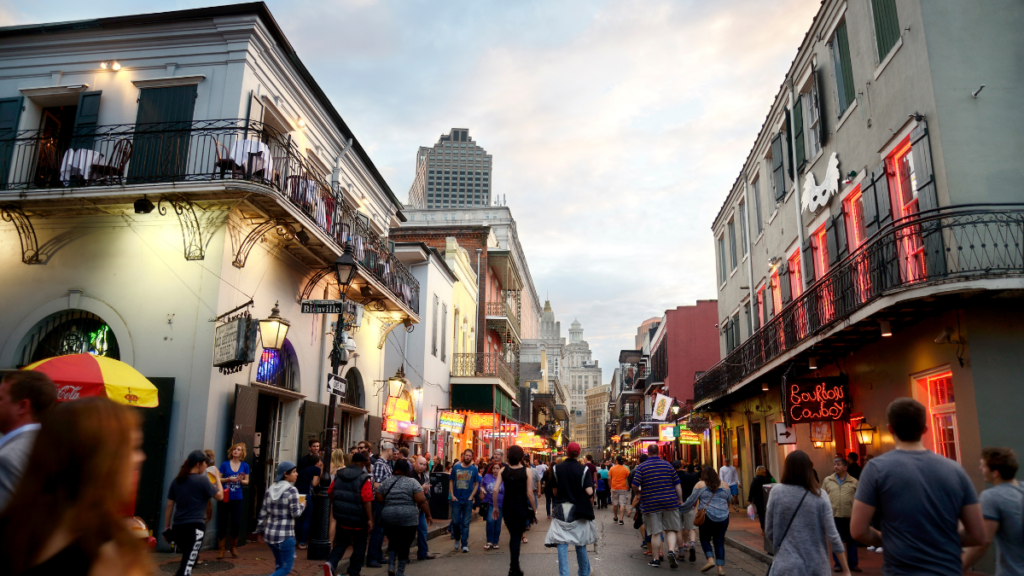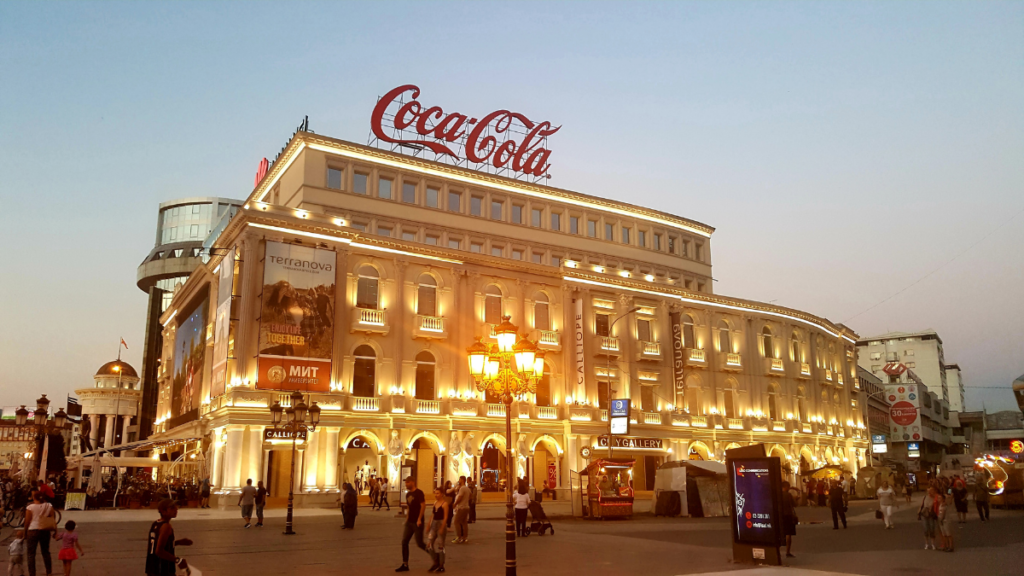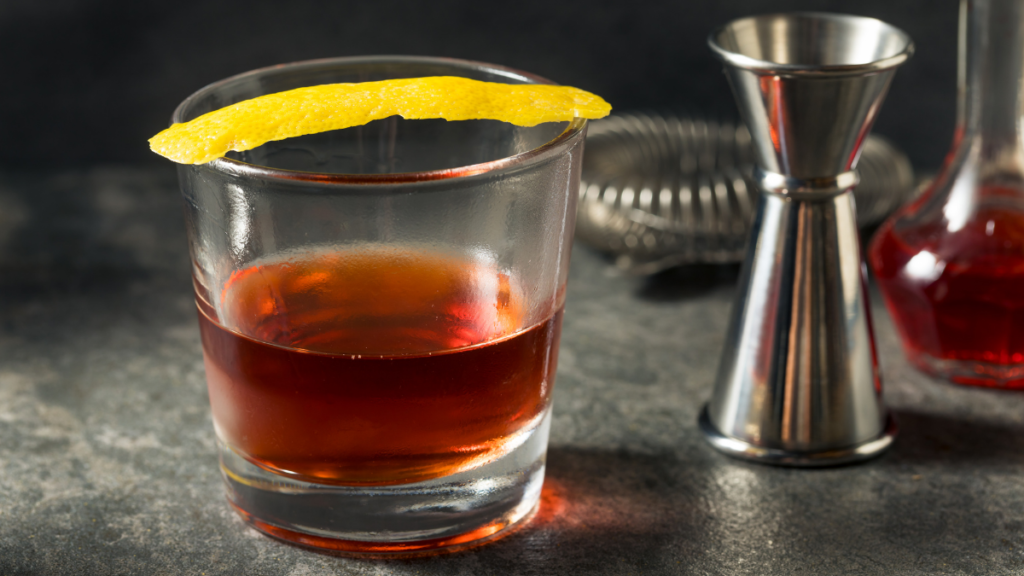Perhaps there’s no more quintessentially English long drink associated with summer quite like Pimm’s. It feels like a posh garden party and summer wrapped into one. It may have hit its height of popularity in the 90s but the 90s are back, baby! Nothing harkens that summer barbeque feeling quite like a pitcher of Pimm’s with fruit, cucumber, and mint floating around in the ice just like fruit mixed in hot mulled wine signifies winter. It’s a drink that will transport you back to that feeling of being in a manicured rose garden with the birds chirping in the trees and the bees busily gathering nectar in the lavender borders. It’s a refreshing summer drink you can sip for hours without feeling blottoed by eight (ahem, we mean “slightly tipsy”) and need to call a taxi for an early nightcap. It may be the drink of choice for polite English gatherings but what exactly is Pimm’s and why is it making a comeback?

What is an English summer fruit cup?
Pimm’s Cup is but one type of summer fruit cup – there are others. A fruit cup is a traditionally English speciality drink made into a long drive with the addition of a soft, fizzy drink such as lemonade or ginger ale. Summer cups or fruit cups were commonly gin-based cocktails but some other varieties contain other spirits such as vodka. The gin is typically flavoured with herbs, spices, botanicals, and fruits and garnished with fruit such as oranges, apples, strawberries, limes, lemons, cucumber, mint, and/or borage leaves (such as starflower).

What are other types of fruit cups?
The Pimm’s fruit cup, known as Pimm’s No. 1, is a gin-based drink invented by James Pimm. Even though the recipe is top secret, the drink is typically a concoction of mint, chipped fruit, lemonade, and Pimm’s, which is a gin-based liqueur. The colour is deep red and just sings summer! It’s flavoured with unspecified botanicals, spices, and caramelised oranges (yum!).
Other popular fruit cups include the Plymouth Fruit Cup, the Stone’s Summer Cup, Ableforth’s Summer Fruit Cup, Players, Jeeves from Lidl, Austin’s from Aldi, Pitchers, Chase, Heston from Waitrose, Fortnum & Mason’s Summer Cup (made by The London Distillery Company), Sipsmith and Tappers’ Hydropathic Pudding. There are lots to choose from!
Plymouth Fruit Cup was launched in 2003 by Plymouth Gin and is the strongest of the fruit cups and is often mixed with fruit liqueurs, vermouths, aromatic bitters, and citrus extracts.
Stone’s Summer Cup was launched in 2006 by the makers of Stone’s Ginger Wine based on a traditional recipe with a ginger note.
Of course, the Pimm’s Cup is the most famous and it’s making a comeback in more bougie establishments. It’s the sort of drink that now needs a “mixologist” instead of a simple bartender!

What’s the history of Pimm’s and what does New Orleans have to do with it?
The Pimm’s cup, or so the story goes, was invented in 1940s New Orleans at Napoleon House in the French Quarter. The owner wanted a lower-alcohol cocktail to keep his patrons drinking without falling off their stools before evening fell since any bar profit margin depends on those regular drinkers who pace themselves and drink until the morning light starts to break.
And thus the Pimm’s Cup was born. It was usually served as one part alcohol to three parts mixer. Why New Orleans you may ask? Well, that’s the birthplace of cocktails in general with the first-ever invented cocktail, the Sazerac. Plus, its drinking culture is even more legendary than a Dublin pub crawl.

As a side note, the Sazerac is a drink that is prepared using two chilled old-fashioned glasses. The first glass is swirled with absinthe for its flavour and scent. The second glass combines the remaining ingredients, stirred with ice, and then strained back into the first glass. The drink is traditionally made with a combination of cognac or rye whiskey, absinthe, Peychaud’s bitters, and sugar. Some variations include a substitution of bourbon whiskey for the rye and Herbsaint, pastis, or Pernod for the absinthe.
Back to Pimm’s! So, New Orleans may have popularised Pimm’s but it was invented in London in the 1840s by James Pimm, who owned a London oyster bar.

How did James Pimm create the drink?
Since alcohol was considered 19th-century medicine, Pimm’s marketed his drink as a health tonic – much like how Dr Pemberton took a concoction from Jacob’s Pharmacy and mixed it with carbonated water and sold Coca-Cola as a “brain tonic.” Pimm’s health tonic was a hit and he started bottling and selling it. It spread all over the British empire to India, Canada, Australia, and the Caribbean.

No one can quite trace how it came to New Orleans and Napoleon House but it has been so popular there that they’ve claimed the drink as their own! New Orleans, surprisingly, has claimed another famous tradition: Mardis Gras. That tradition originated in 1711 in Mobile, Alabama, an even older city three hours east of N’awlins (as the locals call it) and they didn’t have their first parade until fifteen years later!

How do you like your Pimm’s Fruit Cup?
There’s no set recipe for a Pimm’s cup. It’s like gumbo or your favourite stew: it’s all about preference. Some mixologists add their own twists, add more alcohol, and add variations of fruit and botanicals. So, whether you like the British version (with lemonade), the American version (usually with Sprite), or some concoction of your own, what’s universally acknowledged is that it’s a refreshingly delicious summer drink. Let us know on our social media how you like to make your Pimm’s cup or if another summer cocktail is more your thing.
